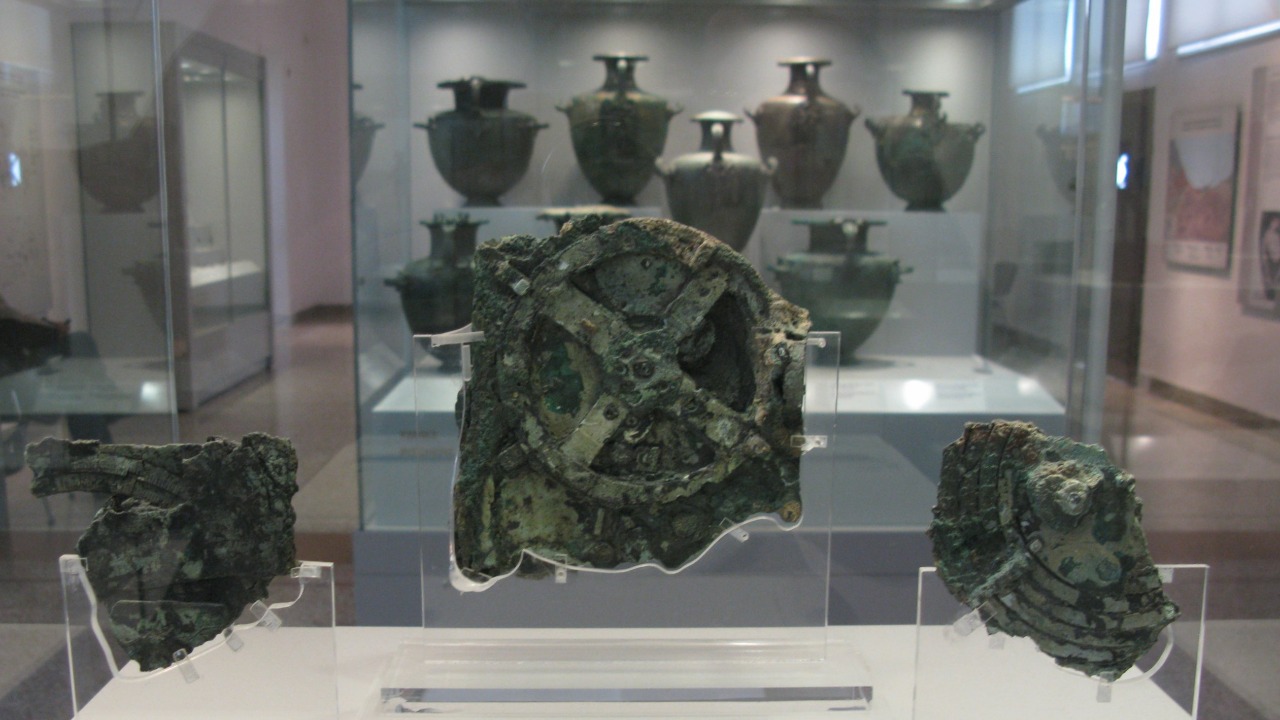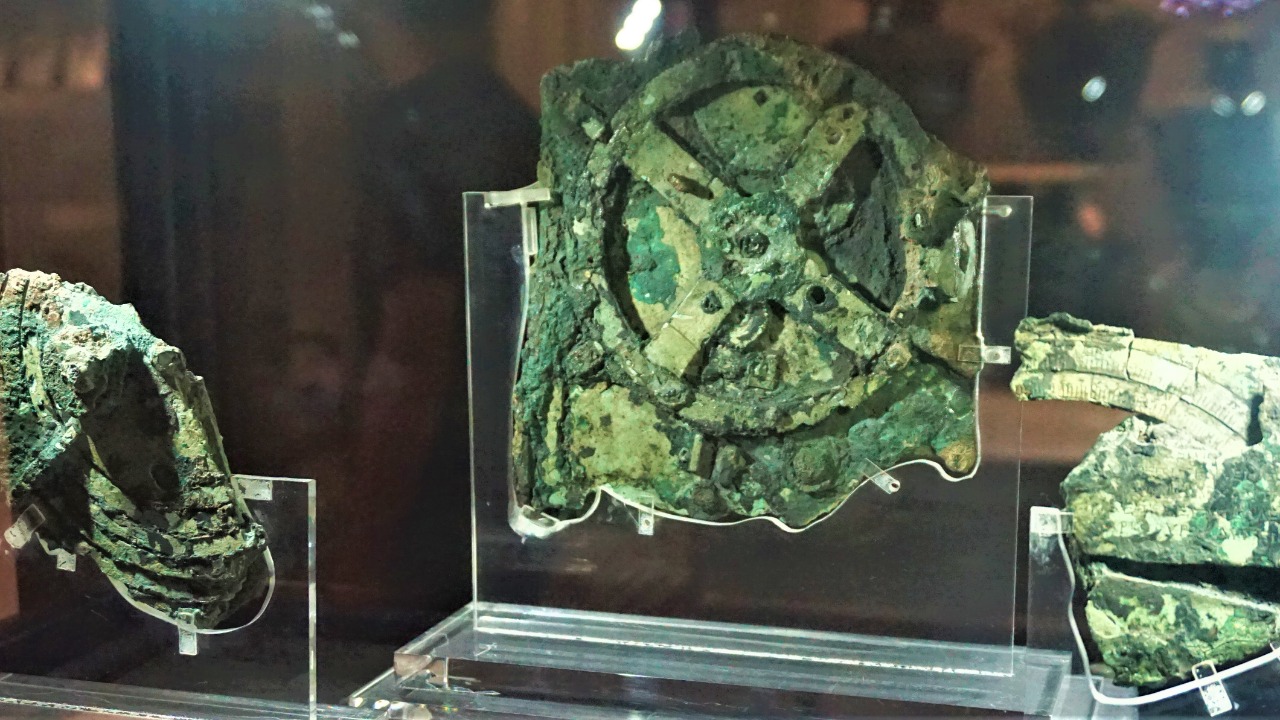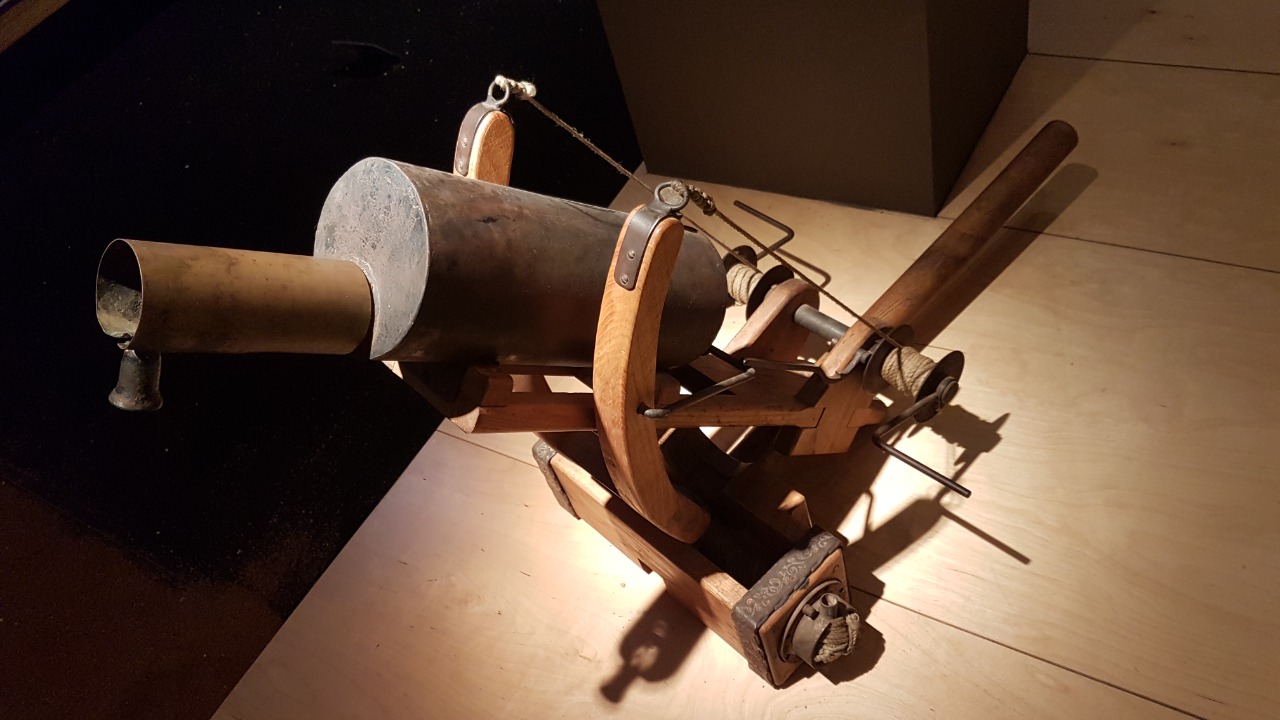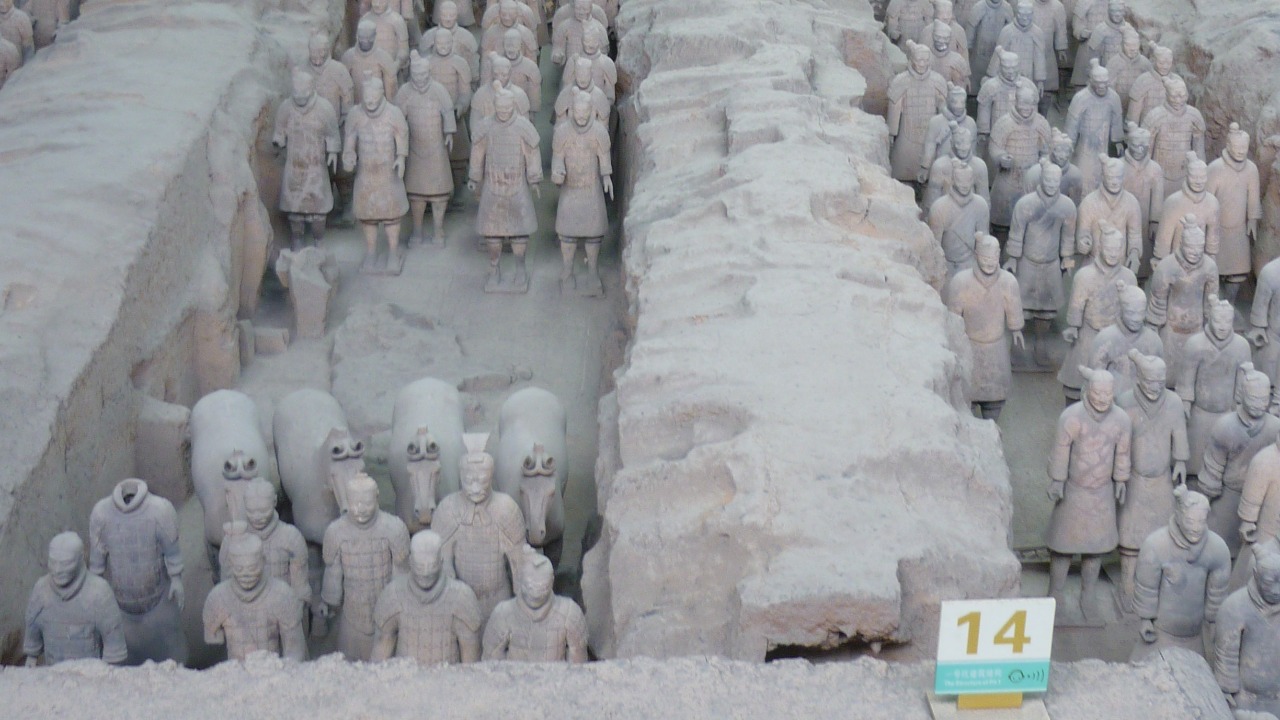
Throughout history, inventors have been pushing the boundaries of what’s possible, often creating devices and systems that were far ahead of their time. Here, we dive into five forgotten inventions that were extraordinarily advanced for their era.
The Antikythera Mechanism: An Ancient Greek Computer

Discovered in a shipwreck off the Greek island of Antikythera, this ancient device has astounded researchers with its complexity. Believed to date back to 150-100 BC, the Antikythera Mechanism is often referred to as the world’s first analog computer. It was used to predict astronomical positions and eclipses for calendrical and astrological purposes, decades in advance.
With its intricate system of bronze gears and dials, the mechanism reflects a level of technological sophistication that wouldn’t be seen again until the advent of complex clockwork devices in the Middle Ages.
The Baghdad Battery: An Artifact or An Ancient Battery?

Found near Baghdad, Iraq, in the 1930s, the so-called Baghdad Battery consists of a clay jar, a tube of copper, and a rod of iron. Some researchers believe this object, dating back to around 200 BC, was used to generate a small voltage. If true, that would make it a precursor to the modern electric battery by over a thousand years.
However, the exact purpose of the Baghdad Battery still sparks much debate among historians. Some suggest it could have been used in electroplating or electrotherapy, while others argue it might have served a purely ceremonial role.
Greek Fire: The Byzantine Empire’s Secret Weapon

The Byzantine Empire, the eastern continuation of the Roman Empire, was known for its military might. One of its most fearsome weapons was Greek Fire, a substance that was capable of burning even on water. This made it particularly effective during naval battles. The precise composition of Greek Fire has been lost to history, adding to its mystique.
Used from the 7th to 12th century, Greek Fire was a predecessor to modern napalm. The ability to produce such a substance speaks volumes about the technological prowess of the Byzantine Empire.
The Qin Shi Huang’s Terra-Cotta Army: An Ancient Assembly Line

The Terra-Cotta Army, discovered in China’s Shaanxi province in 1974, is an enormous collection of life-sized clay soldiers, horses, and chariots. Each figure is unique, suggesting the existence of an early form of mass production. This assembly line method of creation was centuries ahead of its time, predating the Industrial Revolution by over 2,000 years.
Emperor Qin Shi Huang had the army created for his burial, a testament to his desire for immortality and his command over resources and labor.
The Hangzhou Observatory: A Forgotten Astronomical Marvel

In the 14th century, the Chinese city of Hangzhou was home to an impressive astronomical observatory. The observatory was equipped with a range of sophisticated instruments, including an armillary sphere, a gnomon, and a quadrant. These tools were used for tracking celestial bodies, and represent a level of scientific advancement that wouldn’t be matched in Europe for several centuries.
The Hangzhou Observatory is often overlooked in histories of astronomy, but it stands as a testament to the scientific achievements of ancient China.